Breaking
- MENU
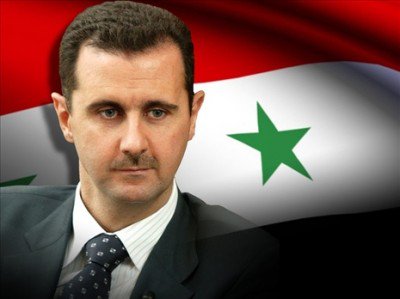
For months, analysts of the Syrian conflict have spoken of a “race” for the province of Deir al-Zor in eastern Syria and of what they describe as a carving out by external powers of competing zones of control around the country. Many assume that the U.S. administration intends to use territorial gains by the local armed groups it supports as leverage to extract a more favourable political deal from Russia and the regime of Syrian President Bashar al-Assad. Others have less faith in the U.S. administration’s intentions, but seek nonetheless to persuade it that using leverage is feasible, albeit in pursuit of more modest political objectives such as bolstering what is left of the moderate Syrian opposition ahead of a peace deal they assume will eventually be reached.
But there is no evidence that the U.S. has any residual commitment to engineering political change in Syria, or indeed has a Syria policy at all. In its absence, Syria’s coming battles will lead to a very different kind of outcome than the one envisaged in the Geneva communiqué of June 2012, or even in the Vienna framework of November 2015. Despite certain differences, both envisaged a diplomatic process leading to formal power-sharing between the Syrian government and opposition under international auspices. But there will be no power-sharing or political transition in Damascus, nor will Assad leave office.
Rather, the main impact of the Astana talks sponsored by Russia, if not their deliberate design, has been to draw substantial parts of the armed opposition – reluctantly, but ineluctably – onto a path culminating in reintegration within the Syrian state – under its present management. Speaking at an international forum on October 19, Russian President Vladimir Putin was frank: “once the de-escalation zones are in place, the people who control these zones would start making contact with Damascus, with the government.”
These bridges have already been crossed. Instead, Syria’s coming battles will determine the final relationship between the central government in Damascus and the Syrian Kurds, even when this is not their immediate or sole purpose.
The first battle is already underway, to expel the Islamic State from its remaining strongholds along the middle Euphrates River valley in Deir al-Zor. This is where many observers believe a race is on, as the U.S. supposedly seeks to control the border region in order to prevent Iran from building a much-hyped, but bogus, “land corridor” to the Mediterranean. Certainly, the U.S. is supporting the Kurdish-led Syrian Democratic Forces to advance in this region, following the failure of its earlier attempt to build a viable opposition force that could attack the Islamist State from bases in Syria’s southern desert. But the regime’s capture on October 14 of al-Mayadin to the south of Deir al-Zor city blocks the Syrian Democratic Forces from advancing further, while positioning its own forces to fight their way, with Russian air support, to Albu Kamal at the southern end of the Euphrates valley over coming weeks and months. The U.S. will not contest the outcome.
Second is the deferred battle for Idlib province in northwest Syria, which has been proclaimed repeatedly but has yet to take place. Clearly paramount here is the Turkish government’s determination to prevent the Syrian Kurdish Democratic Union Party, an affiliate of the banned Kurdistan Workers Party (PKK), from creating what President Recep Tayyip ErdoÄŸan calls “a terror corridor that begins in Afrin and goes to the Mediterranean.” But speculation that Turkey will take on the mission of pacifying Idlib, where the jihadist coalition Hay’at Tahrir al-Sham mostly holds sway, in return for being granted a free hand to eliminate the Kurdish enclave in Afrin is misplaced.
Despite talk by ErdoÄŸan of a “serious military operation” in Syria, the Turkish armed forces will not undertake major ground combat against entrenched adversaries in either Idlib or Afrin without close air support, the lack of which resulted in heavy casualties among their troops during the advance to al-Bab north of Aleppo earlier this year. But while Russia has offered to use its air power to protect Turkish truce observers deploying to Idlib, it does not allow the Turkish air force to fly combat missions in Syrian air space. In any case, by deploying in Idlib under the Astana de-escalation agreement Turkey has effectively ceded the option for unilateral military intervention there. In any case, with Afrin fully encircled by Turkish or allied Syrian opposition forces, Turkey can postpone major action, including against Hay’at Tahrir al-Sham, which will be contained rather than confronted until further notice.
The timing and direction of military operations in Idlib now hinges on the unfolding of Syria’s third battle: the inevitable struggle between the regime and the Kurds over the degree of political autonomy they may enjoy once the Syrian conflict ends. Certainly, the success of the Syrian Democratic Forces in wresting Raqqa and territory further east from the Islamic State strengthens the hand of the Democratic Union Party, which directly controls their large Kurdish component. But its ability to bargain is severely constrained by an unfavourable geopolitical landscape. The independence referendum held on September 25 in neighbouring Iraqi Kurdistan has only heightened Turkish threat perceptions of Kurdish intentions in Syria, while making it harder for Western governments to espouse their cause. Tellingly, Syrian government officials condemned the referendum as a “separatist” act and congratulated the Iraqi government and armed forces for seizing control of the disputed city of Kirkuk from the Kurdish Regional Government on October 16-17 and thus “preserving the unity of Iraq’s territory and people.”
The implicit threat to forcibly reassert Syrian government control over areas currently held by the Syrian Democratic Forces is unmistakable. The regime may only demand the handover of Raqqa and other non-Kurdish areas initially, but could easily expand this to include Qamishli and the provincial capital of Hasakeh, and border crossings such as Tal Abyad in the heart of the Kurdish region. The threat will not materialize so long as the U.S. is still working to defeat the Islamic State, but once this mission is accomplished it will not step in to protect former allies. In a recent op-ed, former U.S. ambassador to Syria Robert Ford was blunt: the U.S. “will have to abandon any hopes of supporting a separate Kurdish region” in the face of government determination “to take back the entire country.”
Rojava – western Kurdistan – will be largely on its own. Military confrontation between the Assad regime and the Kurds is not inevitable, but a peaceful outcome depends largely on Russia’s ability to bridge the gap between the maximum administrative autonomy the regime is willing to grant the Kurds, and the minimum political autonomy they demand. This is a tall order, given the regime’s hostility to decentralization, which Russia has advocated since early 2016 as a framework for resolving such differences. Any formula reached must also allay Turkey’s fears of Kurdish autonomy, if it is to acquiesce in the elimination of Hay’at Tahrir al-Sham in Idlib, encourage the Syrian armed opposition to pursue the Astana process to its logical conclusion of reintegration within the central state, and pull out of Syria.
These challenges may be why Putin announced a “rough plan” in his speech of October 19 to convene “a congress of the Syrian people, bringing together all ethnic and religious groups, the government and the opposition.” By framing a political settlement as the result of a national accord reached among Syrians, his proposal adopts a central narrative of the regime, which has consistently disputed the need for UN mediation and a diplomatic solution to the conflict. At the same time, Putin’s reference to the “positive impact” of countries such as Saudi Arabia suggests he hopes to use economic incentives to make it easier to square the difficult circle of Kurdish political autonomy. Lending credence to this interpretation, a Saudi minister met Syrian Democratic Forces officials immediately after the liberation of Raqqa to discuss reconstruction of the city.
These various battle scenarios will not unfold neatly or in clear sequence. Russia lacks the leverage to compel the Assad regime accept a political settlement on terms it fundamentally opposes, but will seek to restrain it from going to war with the Syrian Democratic Forces for as long as possible. This will be easy so long as the regime is still fighting to retake the Euphrates Valley from the Islamic State, after which it may pivot to confronting Hay’at Tahrir al-Sham in Idlib. But at some stage in the coming year it will resort to its familiar tactic of conducting political dialogue through direct military pressure in relation to Rojava. At that time the Syrian Democratic Forces may find themselves over-extended geographically. As seriously, they will likely face challenges to their internal cohesion from Arab components or the Democratic Union Party’s Kurdish rivals as the de facto convergence of anti-Kurdish interests between Turkey and the regime prompts political realignments across Syria’s north.
The risk is high. The Democratic Union Party must learn from the mistakes of the independence referendum in neighbouring Iraqi Kurdistan if it is salvage hope of winning meaningful autonomy in Syria.
Note: This article was originally published in Carnegie Middle East Centre, Beirut and has been reproduced under arrangement.
As part of its editorial policy, the MEI@ND standardizes spelling and date formats to make the text uniformly accessible and stylistically consistent. The views expressed here are those of the author and do not necessarily reflect the views/positions of the MEI@ND. Editor, MEI@ND: P R Kumaraswamy
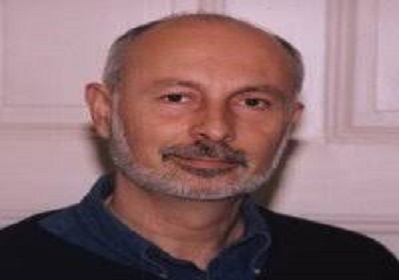
Dr. Yezid Sayigh, Senior Associate, Carnegie Middle East Center, Beirut and a member of the International Advisory Board of MEI@ND. Email: ysayigh@carnegie-mec.org
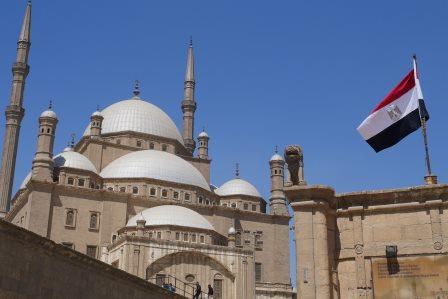
The Egyptian military has come to control a vast economic portfolio since Abdel Fattah el-Sisi becam.....
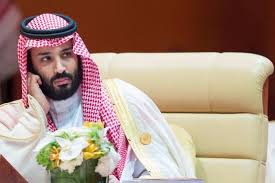
Speculation continues that Saudi Arabia’s Crown Prince Mohammed bin Salman may be forced from .....
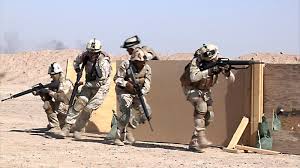
Defence sectors in several Arab countries have undergone significant transformation as a result of t.....
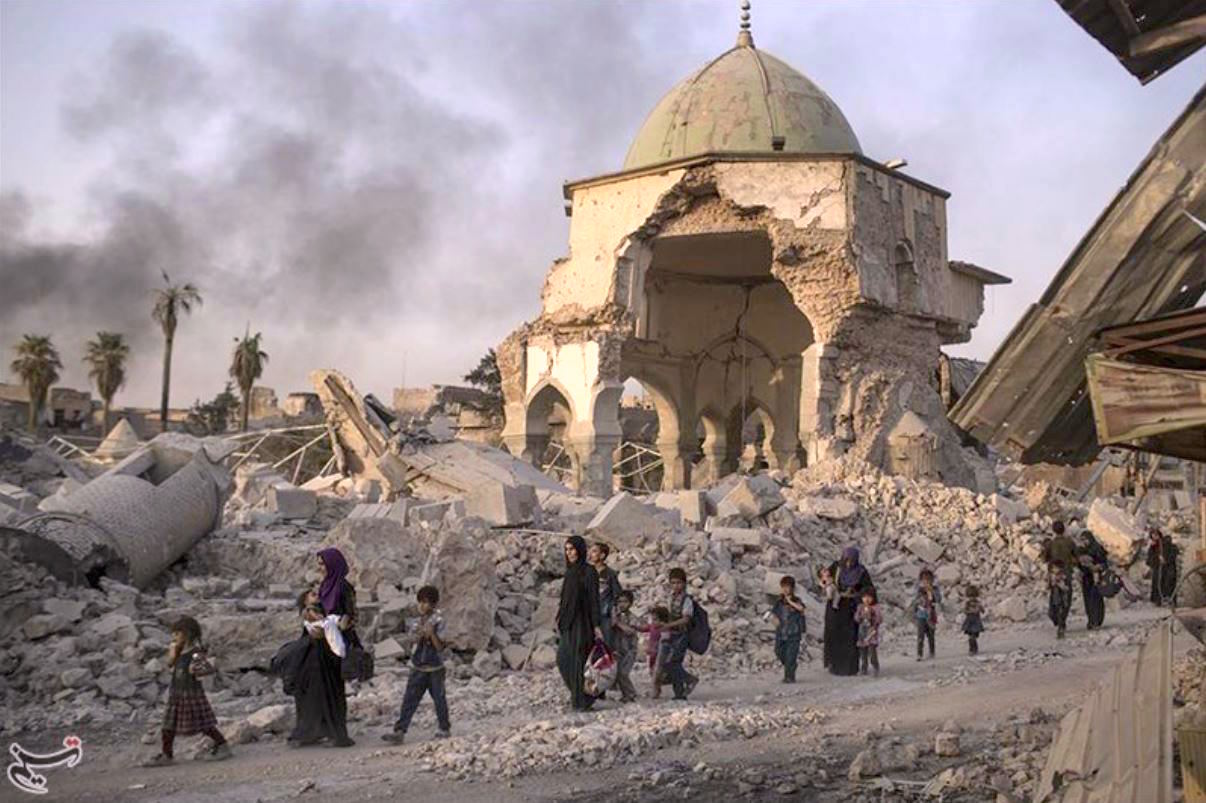
The liberation on November 17 of Rawa, the last significant Iraqi town held by the Islamic State, pr.....
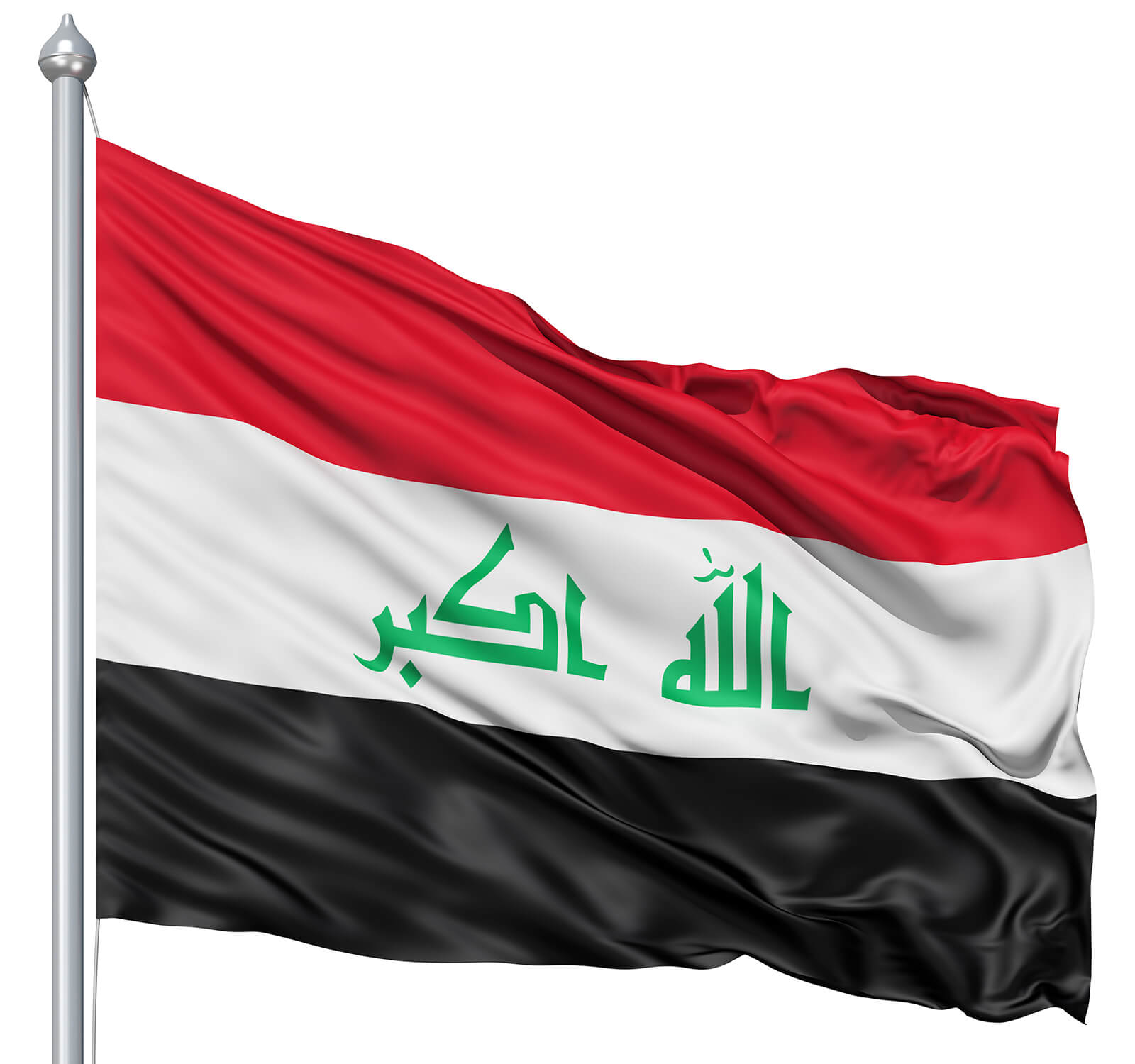
Events are moving swiftly in Iraqi Kurdistan. On September 25, the referendum held by the Kurdistan .....

With multiple Middle Eastern disputes threatening to spill out of control, United Arab Emirates minister of st.....

The reelection of Turkey’s President Erdogan, falsely considered to be free, fair and representative of .....

It is hard to fathom why Turkey’s President Erdogan, who embarked on the most impressive social, politic.....

The liberation on November 17 of Rawa, the last significant Iraqi town held by the Islamic State, promises the.....

